Pratham Books is looking for an Assistant - Projects
Posted by Remya Padmadas on April 10, 2017We are no longer recruiting for this position! Please do continue to follow us on Social Media for other exciting positions on the Pratham Books Team!
At Pratham Books, we believe in the power of stories – good stories. For well over a decade we have strived hard to reach children across India with a variety of award-winning stories across 18 Indian languages. With our digital crowd-sourcing platform – StoryWeaver we now share the power of stories with a global community of educators, parents, authors, illustrators and translators.
StoryWeaver is a digital repository of openly-licensed, multilingual children's stories. It allows its users to read, create and translate stories into Indian and international languages in the hope that children across the world can read quality stories in a languages of their choice.
Currently, we're looking for a full-time, Assistant - Projects to join our Digital Team in Bangalore.
As an Assistant - Projects at StoryWeaver, this is what will keep you busy:
-
Working with a designer to adapt our legacy content (Pratham Books' print books) for StoryWeaver
-
Co-ordinating with reviewers and proofreaders
-
Support campaigns aimed at improving content on StoryWeaver
-
Finding creative ways for stories on StoryWeaver to travel wide and far
-
Uploading books on StoryWeaver which involves tagging stories and images in a way that makes it accessible to users
-
Identifying and forging partnerships with other open repositories to bring their stories onto StoryWeaver
Preferred Requirements
-
Degree in Literature/Journalism/Mass Communication/Media /Language
-
Good communication skills in English, and ability to read and write well in one South Indian language (preferably Kannada, Telugu or Tamil)
-
1-2 years of work experience; freshers may also apply
-
Ability to multi-task and coordinate between different stakeholders
-
Capable of working within a team and tight deadlines
-
Tech-savvy
-
Sharp eyes to check copy
-
Love for languages
Salary will be commensurate with qualifications and experience. Please send your resume to [email protected] with 'Assistant - Projects for StoryWeaver' in the subject line of the email.
We look forward to hearing from you!
Be the first to comment.
StoryWeaver selected as a finalist for the 2020 WISE Awards!
Posted by Pallavi Kamath on May 05, 2020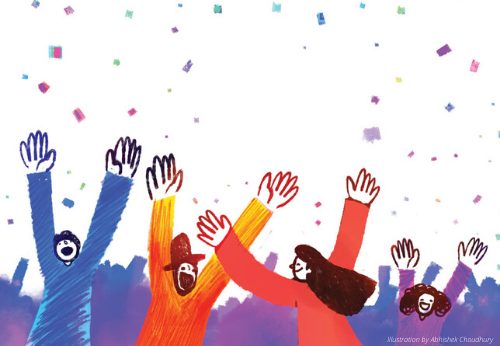
We are delighted to share that StoryWeaver has been selected by the Qatar Foundation’s flagship education initiative, WISE, as a finalist for the 2020 WISE Awards. Each year, the WISE Awards recognize and promote innovative and impactful projects from around the world that are addressing today’s most pressing global educational challengEs.
The 15 WISE Awards finalists come from 10 countries and were selected from a pool of 625 submissions evaluated according to strict criteria. Selected projects needed to be established, innovative educational projects that have already demonstrated a transformative impact on individuals, communities, and society in their context. They also needed to be financially stable, have a clear development plan, and be scalable and replicable.
StoryWeaver is working towards addressing the global book gap by providing open and free access to quality storybooks in multiple languages to promote reading acquisition among children. At the platform’s core, is a repository of high-quality, openly licensed, multilingual storybooks from Pratham Books and other reputed publishers. While the platform is digital, the books are available in multiple formats to overcome the issue of digital access and can be read online, offline, or downloaded and printed. StoryWeaver has also embedded simple tools on the platform that allow users to further translate and version the books for localized requirements.
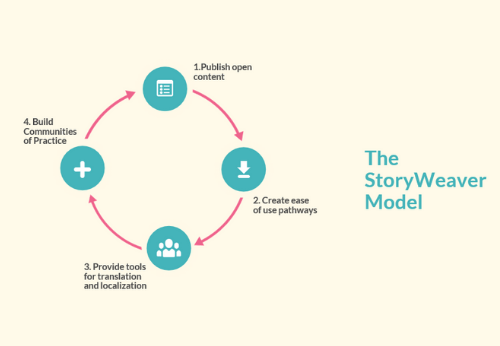
The StoryWeaver Model: Working towards bridging the book gap
This has led to a massive increase of over 2200% in the availability of local language books. StoryWeaver was launched in 2015 with 800 storybooks in 24 languages. Today it provides access to more than 20,000 books in 238 languages, to readers from all around the world.
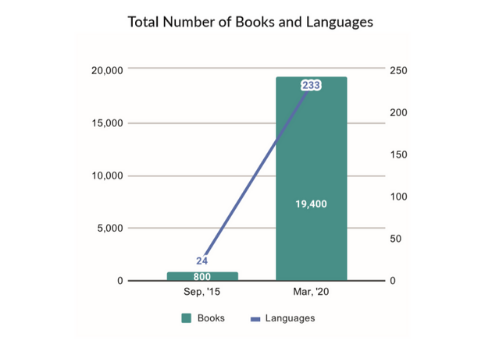
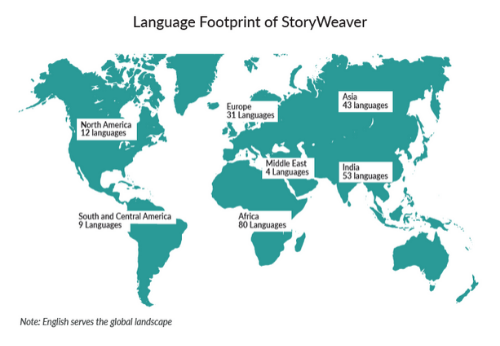
Supporting and scaling the creation of books for children in diverse languages (58% of the languages featured on the platform are indigenous)
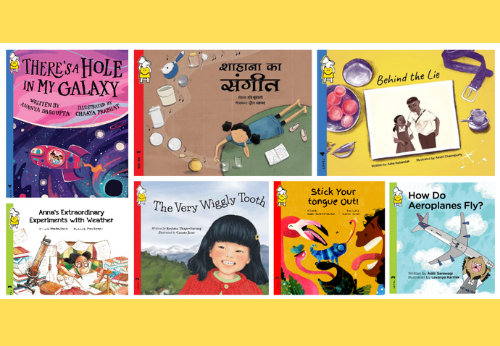
Providing access to diverse and inclusive storybooks for children
Suzanne Singh, Chairperson of Pratham Books, says: "StoryWeaver's vision is to massively scale the creation and distribution of reading resources for children in mother tongue languages. Our endeavor is to address the global scarcity of books for children and arm every child with the power of knowledge and opportunity. By providing access to thousands of storybooks, the platform has enabled educators to make classrooms more engaging, libraries more diverse and most importantly, make learning fun for children. With StoryWeaver, we have opened up a new pathway to nurture a generation of readers.”
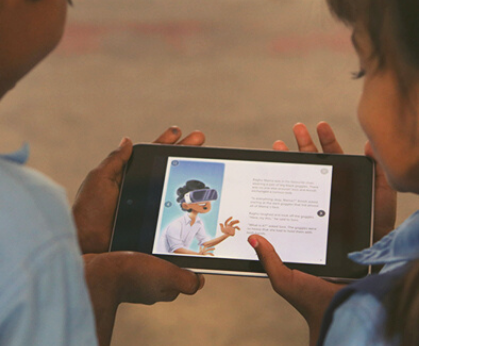
StoryWeaver has seen a huge global uptick in usage as a result of children being at home due to forced school closures as a result of the COVID-19 pandemic. As education systems are adapting to remote learning as a solution during this time, StoryWeaver is providing open access to a large repository of quality content that is being used widely.
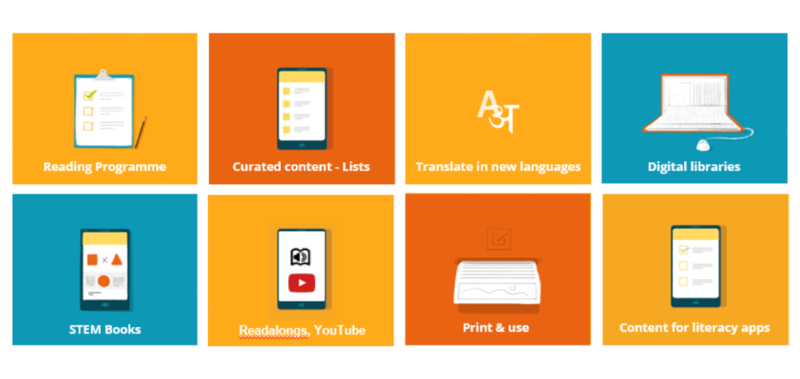
Empowering educators with curated, high-quality open access resources
Stavros N. Yiannouka, CEO of WISE, says: “Our world is experiencing a crisis that is affecting all facets of our lives. Education is no exception, and indeed the need for innovation is all the more urgent because of the systemic shortcomings that the crisis has exposed. In this context, the work celebrated by the WISE Awards is critically important. Each of the 2020 WISE Awards finalists has built an effective, tested solution to a global educational challenge. Whether ensuring access to fundamental early childhood education or imparting valuable entrepreneurship and financial literacy skills, each project is already transforming lives, and provides an inspirational model for others to emulate. As we look forward to recognising this year’s WISE Awards winners it is imperative that policymakers and civil society leaders around the world seriously address the need to bring some of these innovations to scale.”
With users from over 150 countries, StoryWeaver is harnessing the power of open licences, collaboration, and technology to create a societal platform that is providing open access to thousands of books in local languages to nurture the next generation of readers and learners. This scale would not have been possible without the power of collaboration: Publishers who have open-licensed their content at scale. Linguists and translators who have created and translated content into new languages. Educators in every nook and corner of the world who have welcomed StoryWeaver into their classrooms and the hearts of their students.
We are grateful to our wonderful network for helping us share the joy of reading in hundreds of languages, and to WISE for this recognition.
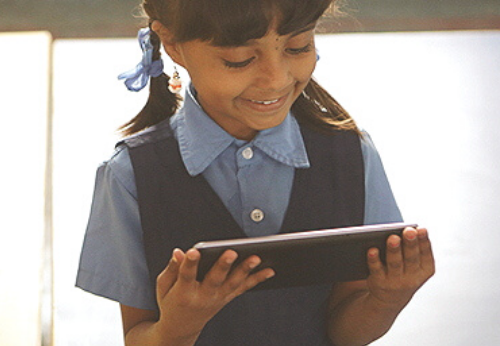
Learn more about the 2020 WISE Awards and other finalists at http://www.wise-qatar.org/wise-awards
Leave your thoughts in the comments section below! You can also reach out to us through our social media channels: Facebook, Twitter and Instagram.
comments (4)Rooted in Our Stories!
Posted by Sherein Bansal on July 08, 2016Nature’s shining green umbrellas, those green canopies with sprinkles of fragrant flowers and fruits, TREES are such magnificent things. Though rooted to the spot, just one of them can liven up an entire desolate road. Swing from them, play and sleep under them or just sit and study them, trees will always make time and space for you. Nature seems to be giving trees special attention these days...so we should too, right? Here are a few that we picked from our flowering array of stories available in varied languages.
A Walk Among Trees written and illustrated by Nimret Handa
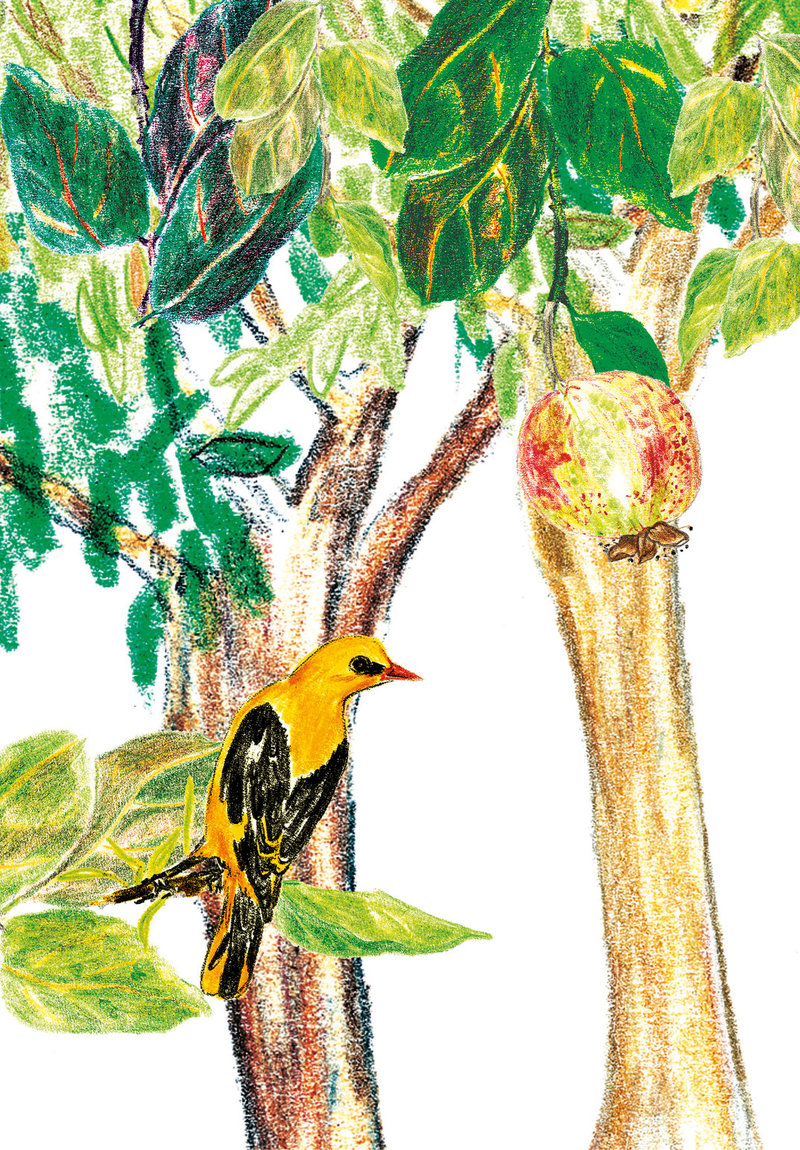
The king’s head gardener is panicked and scolding all his helpers! What could this royal head gardener have to worry about? Take a fun stroll through the King’s gardens and his beloved trees and find out who the king of fruits is... and why. We bet all these tree illustrations will make you fruit-hungry immediately! This story has been translated in Hindi, Kannada and Telegu.
Up World, Down World by Padmaparna Ghosh, Illustrated by Sunaina Coelho
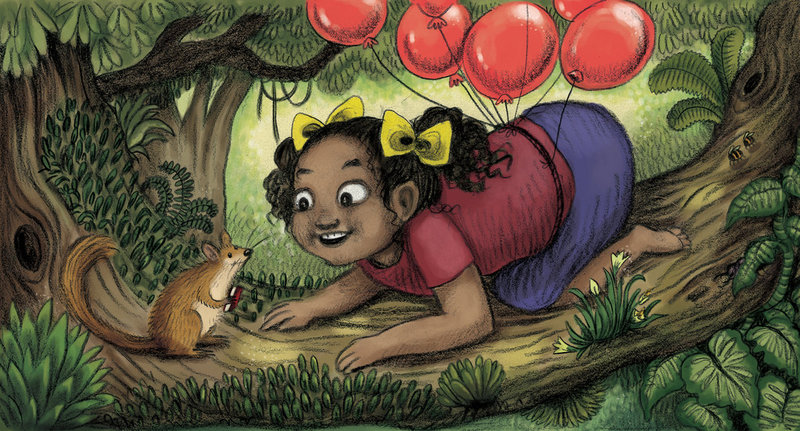
We often have these invisible boundaries around us in which we like to keep our worlds all sewn up and intact. Imagine what can happen if we pull some threads loose and allow Our World to spill out into the one we have been told not to venture into, and let some of the Other World seep into our lives? Be brave! And read this remarkable and beautifully-illustrated story of how a little girl, Fatima, found an unlikely friend in Gopa, a dormouse! Wonderful things happen when two worlds meet. This gem is translated in 9 languages including Hindi and Bengali.
Let’s Go Seed Collecting! by Neha Sumitran, Illustrated by Archana Sreenivasan
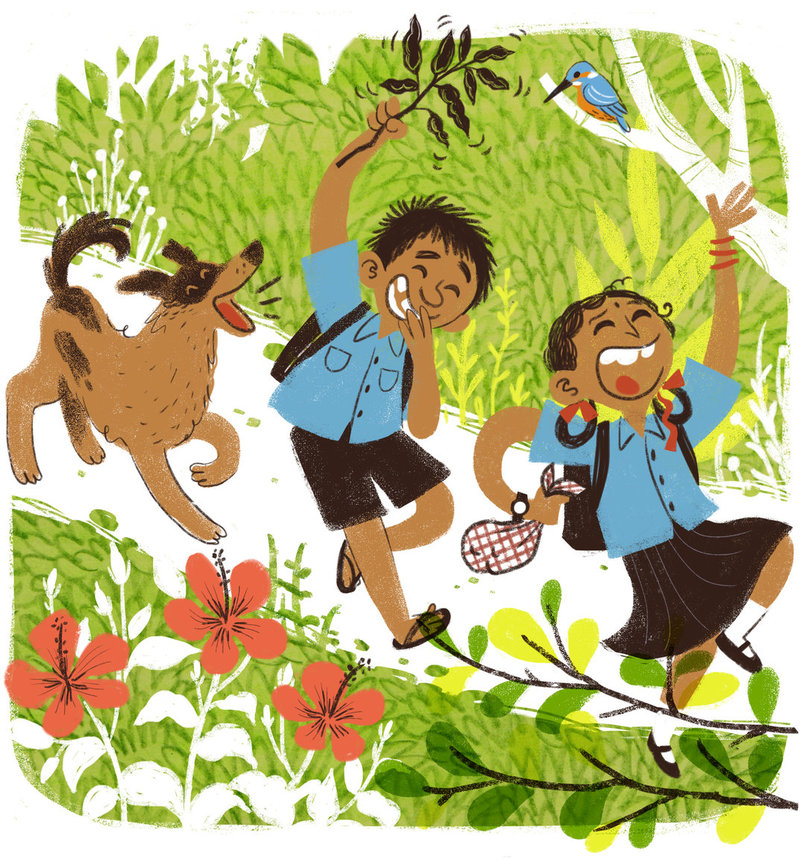
Don’t you just love it when knowledge makes its way to you effortlessly? A great story with fascinating illustrations, this will help kids observe and learn from the tiniest detail of everyday landscapes, appreciate nature in its full glory, learn to be curious, and to seize the opportunity to spend time with a talking tree! Konkani and Marathi are two of the 10 languages in which this story is available in. Enjoy!
Jadav and the Tree-Place written and illustrated by Vinayak Varma
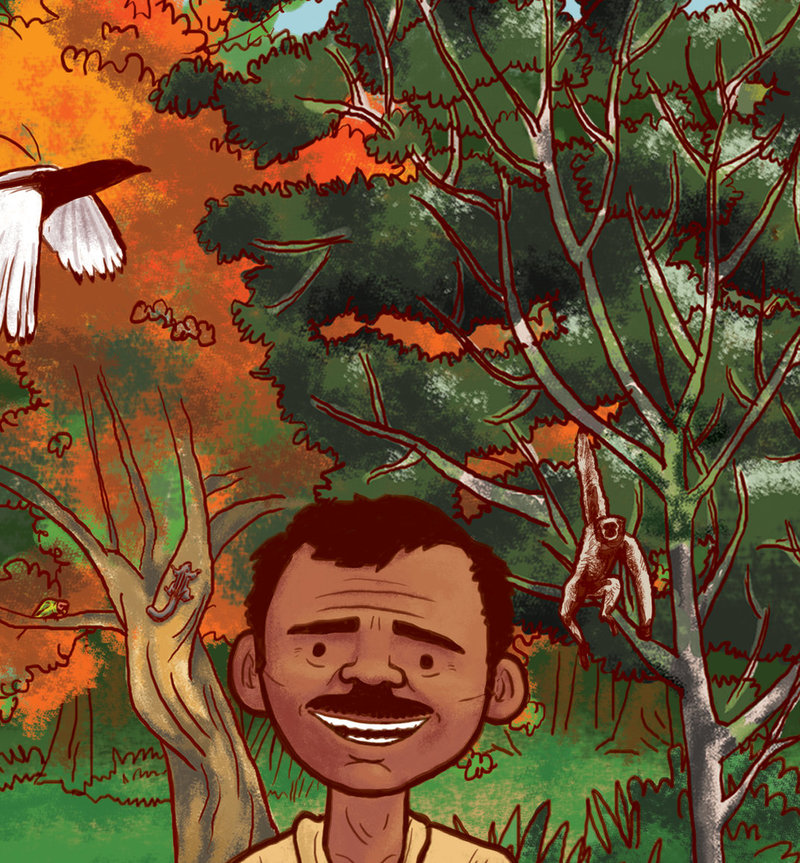
Ever heard of Jadav "Molai" Payeng? He has been planting trees for three decades now. This heart-warming story is dedicated to the undying spirit of a man who was so moved by the plight of snakes dying from heat that he decided to plant some bamboos to give them some shade. What this simple idea grew into... is incredible and an inspiration. Here’s another role model for your kids. We have this story in 11 languages including Odia and Tamil.
We love to see readers like you pitching in! Here’s a pick of three Community Stories where trees branch out in some form or the other:
Deepa’s Resolution by Usha Ayyar
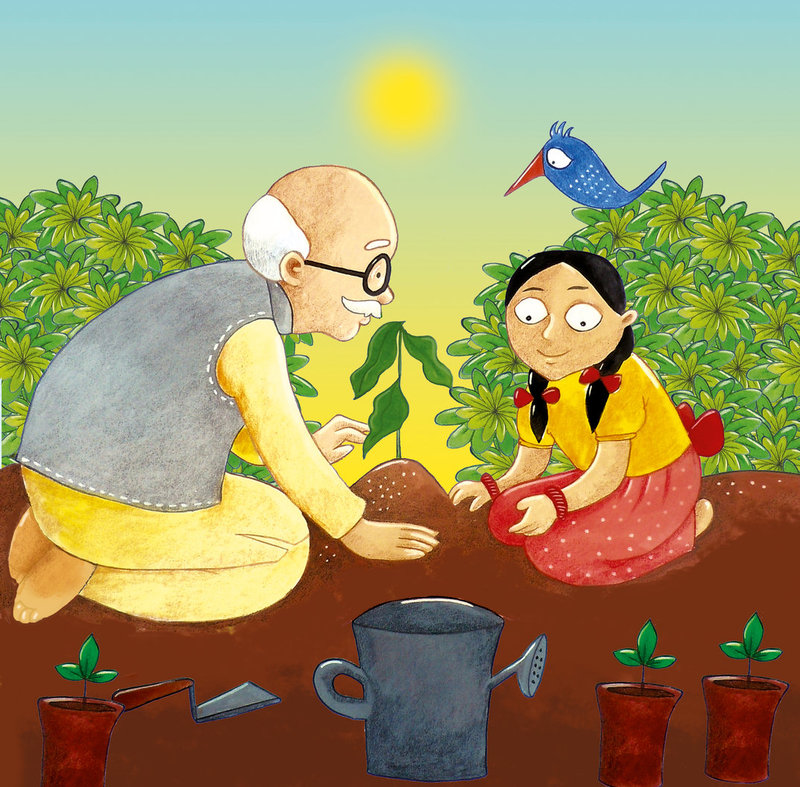
“The true meaning of life is to plant trees, under whose shade you do not expect to sit.” Nelson Henderson’s words are even more relevant now! Read this simple story to your kids and see what they take from it.
Asha Gives up a Bad Habit by Geetha Ravi
Here’s an innovative way to make your child quit that bad, bad habit that you’ve been trying so, so hard to get rid of. Asha learnt two things in this story – How to give up a bad habit (Let’s face it, we all can use some help on that front), and to appreciate the impact trees have on us every minute. This story’s clearly a two-pronged winner.
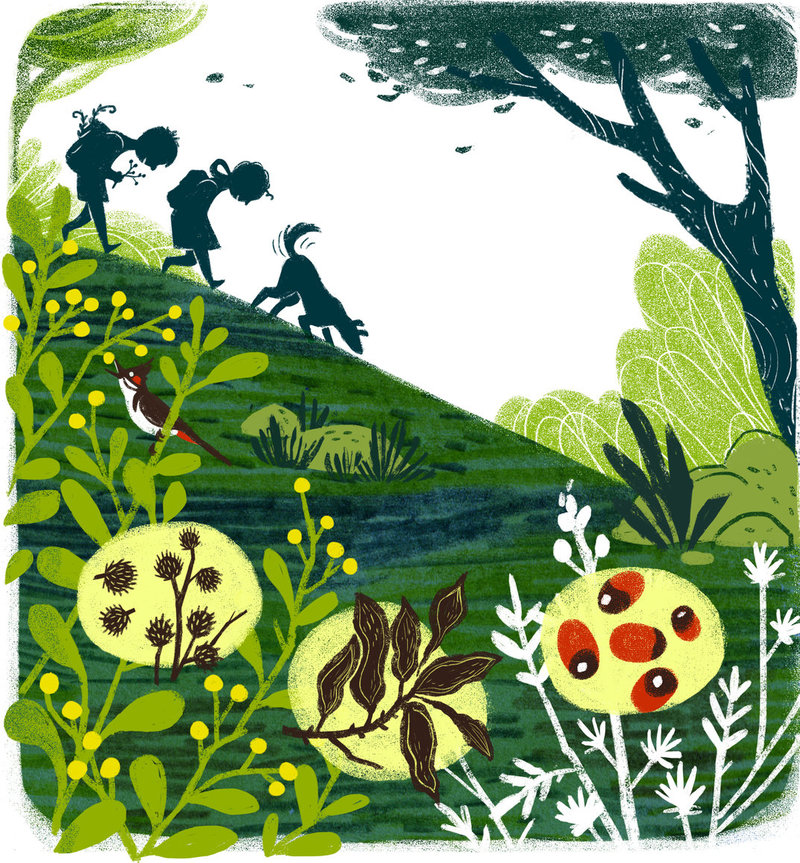
This will remind you of all the innocent times as a kid when you thought that if you sow a seed, its plant would start growing tall the very next day! Nayana and Zia love mangoes, so they decide to plant a mango tree. What they didn’t take into account was all the friendly elements that will come together to help out the little seed. A Malayalam translation of this story is available here!
Do you have a favourite tree story? Tell us what it is in the comments section below, on Twitter or Facebook!
Be the first to comment.